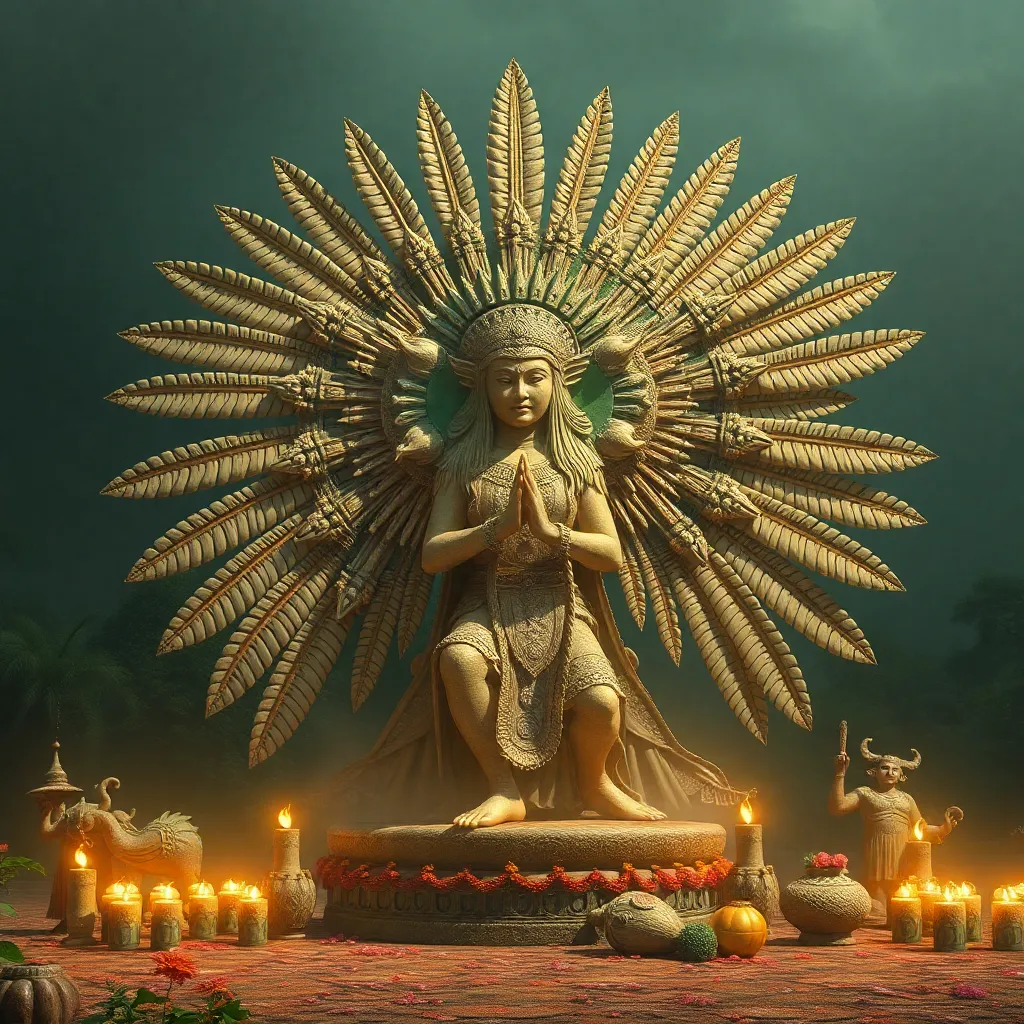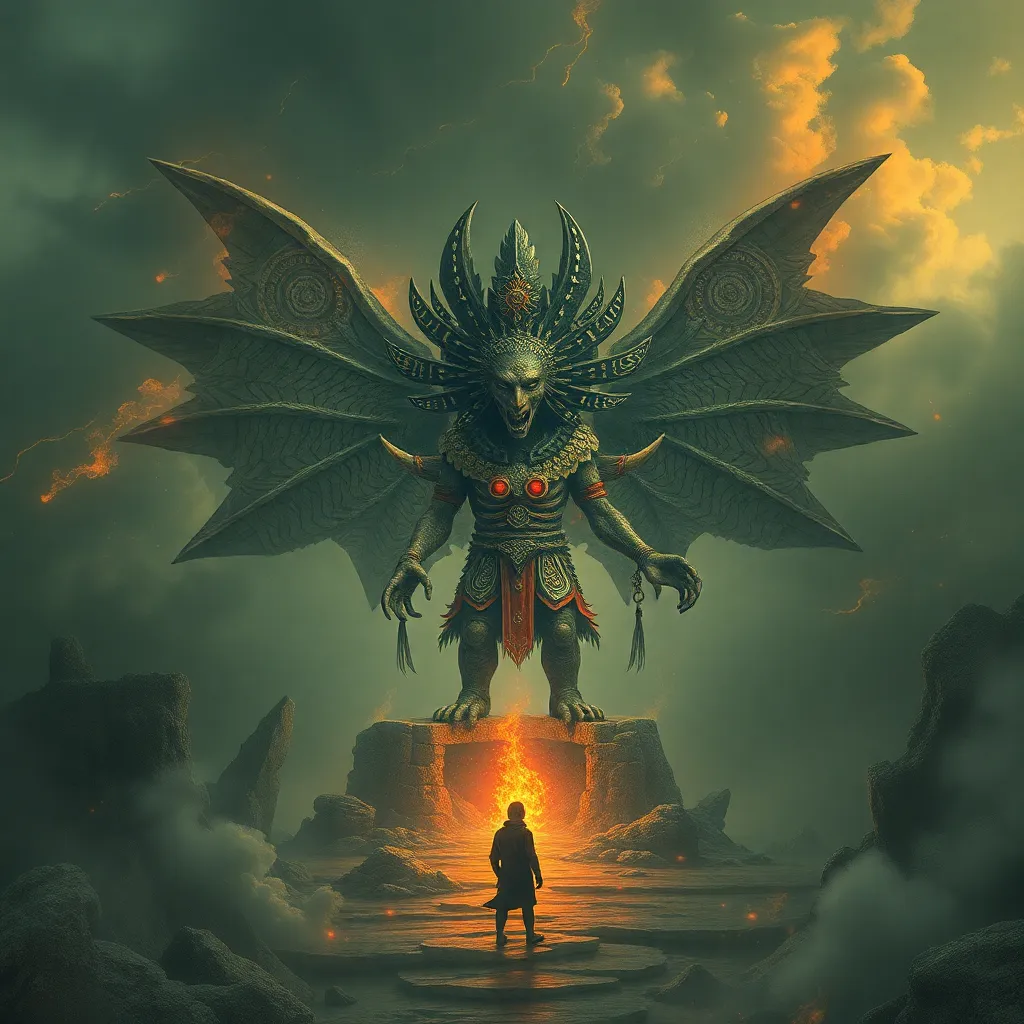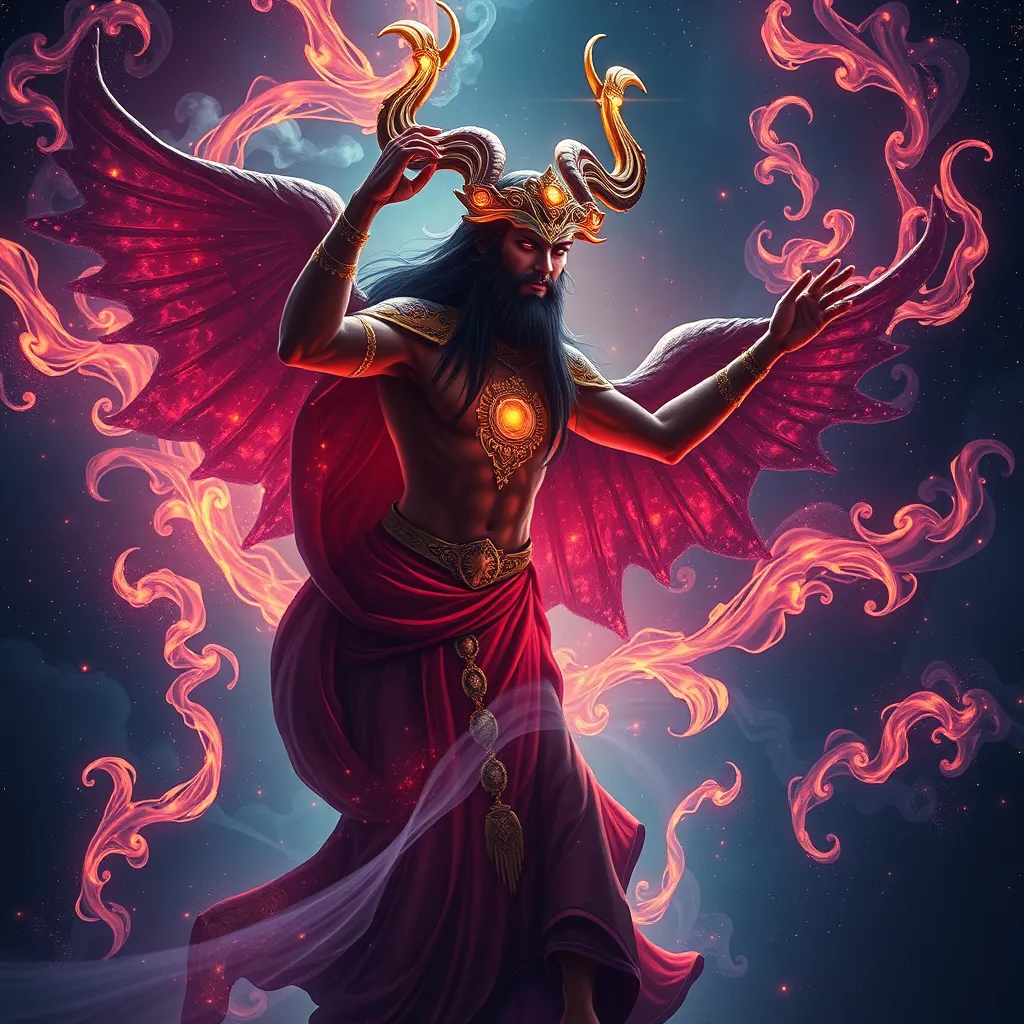The Feast of Coatlicue: Exploring the Seasonal Celebrations Honoring the Great Mother
I. Introduction
Coatlicue, a central figure in Aztec mythology, embodies the duality of life and death, creation and destruction. As the Great Mother, she represents fertility, motherhood, and the earth’s nurturing qualities. The Feast of Coatlicue is a significant event that honors her legacy and continues to be celebrated in various forms today. This article aims to explore the historical context, symbolism, rituals, modern interpretations, regional variations, and the role of art and music associated with this vibrant celebration.
II. Historical Context of Coatlicue
The origins of Coatlicue can be traced back to the rich tapestry of Aztec mythology, where she is depicted as a powerful deity who gave birth to the moon, stars, and the god of war, Huitzilopochtli. Her narrative emphasizes themes of sacrifice and regeneration, vital to understanding her place in Aztec cosmology.
In Aztec belief, Coatlicue represents the earth’s ability to provide and sustain life. Her role as a mother figure extends beyond biological motherhood to encompass the nurturing aspects of nature itself. Historical accounts indicate that celebrations honoring Coatlicue were prevalent in pre-Columbian times, marked by rituals that emphasized gratitude for the earth’s bounty.
III. Symbolism of the Feast
The Feast of Coatlicue is rich with symbolism, reflecting both the natural world and the human experience. Key symbols associated with Coatlicue include:
- Serpents, representing the cyclical nature of life and death.
- Earth, symbolizing fertility and nurturing.
- Fertility symbols, such as corn and flowers, signifying abundance.
The Great Mother archetype is significant in many cultures, representing protection, nurturing, and the life-giving force. The spiritual and cultural meanings behind the Feast of Coatlicue resonate with themes of community, sustainability, and reverence for nature.
IV. Traditional Practices and Rituals
Traditional practices during the Feast of Coatlicue involve various rituals that honor her through offerings and community participation. Some common rituals include:
- Creating altars adorned with flowers, fruits, and incense.
- Performing dances that portray the creation myths surrounding Coatlicue.
- Reciting prayers and hymns in her honor.
Offerings and sacrifices, often consisting of food and flowers, are made to express gratitude for the earth’s provisions. Community involvement is a cornerstone of these celebrations, emphasizing collective memory and shared cultural identity.
V. Modern Interpretations and Celebrations
Today, the Feast of Coatlicue is celebrated in various ways, often incorporating contemporary spirituality and feminism. Many modern practitioners emphasize the importance of environmental sustainability and women’s rights, drawing parallels between the nurturing aspects of Coatlicue and contemporary social issues.
The integration of traditional practices into modern festivities can be seen in community gatherings, educational workshops, and cultural performances that honor the Great Mother. These celebrations not only preserve ancient traditions but also adapt them to resonate with current values and beliefs.
VI. Regional Variations in Celebration
The Feast of Coatlicue is celebrated differently across various regions, reflecting local cultures and customs. For instance:
- In some communities, the feast includes elaborate processions and theatrical performances depicting Coatlicue’s myths.
- Others may focus on communal feasting, sharing traditional dishes that symbolize abundance and gratitude.
- Certain areas might incorporate local flora and fauna into their rituals, celebrating their unique environmental heritage.
These regional variations enrich the celebration of the Feast of Coatlicue, showcasing the diverse expressions of reverence for the Great Mother.
VII. The Role of Art and Music in the Feast
Art and music play pivotal roles in the Feast of Coatlicue, serving as mediums for expression and connection to cultural heritage. Artistic expressions inspired by Coatlicue often include:
- Paintings and sculptures reflecting her dual nature as both a nurturing mother and a fierce warrior.
- Textiles and crafts that incorporate traditional patterns and symbols associated with fertility and life.
Traditional music and dance are essential components of the celebrations, with performances that narrate Coatlicue’s myths and honor her contributions to life. The visual arts not only commemorate the Great Mother but also inspire a collective identity among participants.
VIII. Conclusion
The Feast of Coatlicue holds profound significance as a celebration of the Great Mother, weaving together history, culture, and spirituality. This vibrant event reflects the enduring legacy of Coatlicue and her vital role in nurturing both the earth and its inhabitants.
As we reflect on the importance of these seasonal celebrations, it becomes clear that recognizing and participating in the Feast of Coatlicue is a powerful way to honor our shared heritage and foster a deeper connection to nature and community. Embracing these traditions not only enriches our understanding of the past but also inspires a more sustainable and inclusive future.



